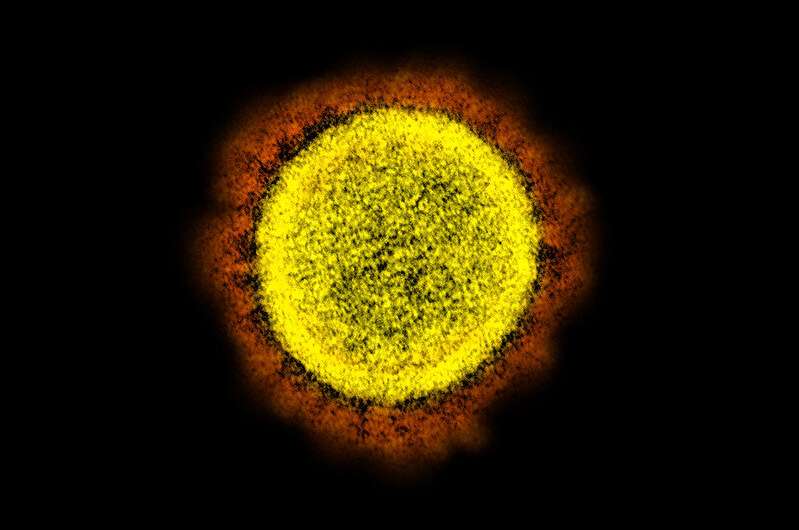October 30, 2023 report
This article has been reviewed according to Science X's editorial process and policies. Editors have highlighted the following attributes while ensuring the content's credibility:
fact-checked
peer-reviewed publication
trusted source
proofread
Study assesses impact of SARS-CoV-2 omicron subvariant BA.2.86's multiple mutations

A combined team of medical researchers from Columbia University and the University of Michigan has found that, despite multiple mutations, the SARS-CoV-2 omicron subvariant BA.2.86 does not appear to be more dangerous than prior subvariants. In their paper published in the journal Nature, the group describes the multiple ways they tested the new subvariant and what they found by doing so.
By most accounts, the global pandemic has ended, despite the continuing existence of SARS-CoV-2 infections around the world. This is due to the collective resistance that has built up over the past several years due to people being infected and from getting vaccinated. Still, medical researchers and virologists remain on alert because the virus that causes COVID-19 has continued to mutate.
Recent research has suggested that despite limited testing for COVID-19, instances of infections from an omicron subvariant called BA.2.86 are widespread. It has been seen in patients in 28 countries. Equally unnerving is research showing that it has more mutations than prior subvariants, suggesting it might be evolving into a virus that can still make people who are resistant to prior subvariants very sick.
As BA.2.86 continues to mutate, scientists continue to give the new derivatives names, such as JN.1, JN.2, and JN.3. In this new effort, the research team looked at both receptor affinity (how good the virus is at attaching to human cells) and antigenicity (how good the immune system is at fighting off the infection) of the latest strains of the virus.
In studying the relatively new variant, the researchers found that it tends to spread rather quickly and easily, prompting them to suggest if an alarm system was in place, that they would call for an amber alert, which they note is far less serious than a red alert. After conducting multiple tests of the subvariant, they found that it is not more resistant to either monoclonal antibodies or human sera, than other prior subvariants, though it did have what they describe as a "remarkably high" receptor affinity, which accounts for its high transmission rate.
They conclude by suggesting that because it is not known how dangerous new variants may be, that people get vaccinated, especially those at highest risk.
More information: Qian Wang et al, Antigenicity and receptor affinity of SARS-CoV-2 BA.2.86 spike, Nature (2023). DOI: 10.1038/s41586-023-06750-w
© 2023 Science X Network




















